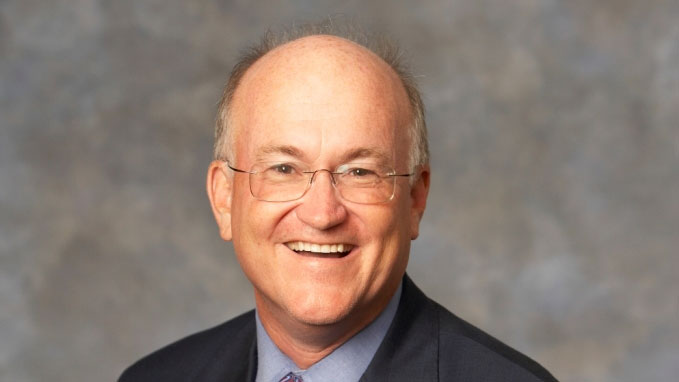Don Jones, vice president of global strategy and market development for Qualcomm Life, discusses how connected health technologies started to take off and where they’re headed.
July 8, 2013

In an exclusive interview with MD+DI, Don Jones, vice president of global strategy and market development for Qualcomm Life, the wireless health arm of telecommunications giant Qualcomm, discussed a range of e-health issues, including, mobile health apps that work, ehealth in the United States versus the EU, and the perils of ehealth.
In this first installment, he covered the genesis of ehealth technology.
MD+DI: Terms like ehealth, mhealth, and digital health overlap. Is the World Health Organization’s definition of e-health a suitable way of describing the technology?
Don Jones: I don’t get too hung up describing the terminology. We call it wireless health technologies, which incorporates the concept of wireless technology and mobility. E-health has been around for a long time, so the first major [apps] for e-health had more computer-based connotations. M-health has the connotation of being cellphone-based, which is a little bit of what we think of as wireless health, but [it includes] wireless-health medical devices and sensors and lots of other things. At the end of the day the umbrella term is connected health.
MD+DI: So when did connected health begin to gain momentum?
Jones: There are probably a number of indexes you might call on to answer that question. If I base it on VC investment, then I’d say it started about two and a half years ago. That would be when you started seeing VC investments really take off.
MD+DI: In one of your blog posts you talk about EU research funding for e-health development since 1989. You say the elements are now in place for connected health to really take off and do well in Europe. What’s behind that belief?
Jones: The NHS in the UK [decided to transition to all-digital records by 2018], and then the European Commission garnered a lot of dollars that were put into a wide variety of research [programs] and pilots. Frankly, for more than a decade you could argue it has been a constant state of pilot-itis. We’re now seeing things that were planned [starting to] scale. The 3millionlives project in the UK is obviously an attempt to scale home-based remote monitoring, and then there’s the launch of our 2net Platform in Europe at the end of 2012. We already signed on a number of chronic disease service providers that are engaging in commercial launches of technology.
Two things are driving the growth. The user experiences [associated with connected health technologies] are better than they were historically, so people say it’s getting to the point where [connected health] is simple and straightforward enough. Perhaps more importantly, financial responsibility for the cost of care is starting in Europe to shift down to the provider community.
John Conroy is a frequent contributor to MD+DI. Reach him at [email protected].
You May Also Like


